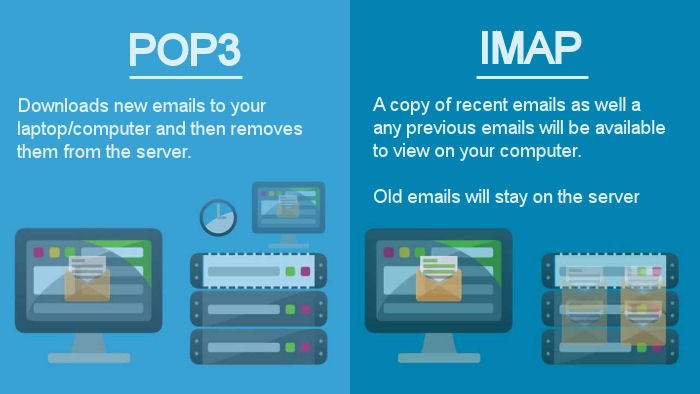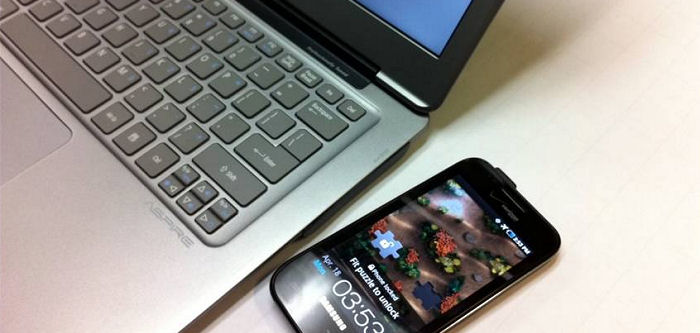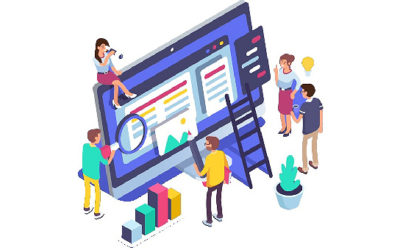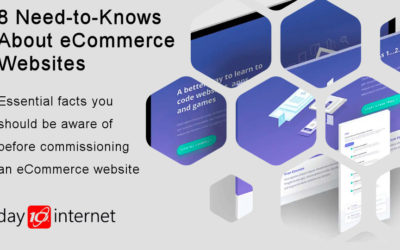I use my laptop, most of the time, to send and receive email. I also use my smartphone to keep an eye on new emails when I’m out and about. If you need to do this you may have wondered what the best way to set up email on the two devices is. Here’s what I have done.
I’ve used Outlook as my email client for years, firstly, on a desktop computer and, latterly, on my laptop. The set up I’m about to describe works with any email application. Note though that I am not including webmail, such as Gmail or Hotmail, in this description. Neither am I including Microsoft Exchange.
On my laptop I use POP3 email which allows me to download emails from the server and store them on the laptop. This way, all my emails are under my control. I can delete them, move them to a new device or simply archive them.
When I acquired a smart phone, I wanted to also read email on that device. But I knew that if I set email up on that the same way that I had set it up on the laptop I would end up with confusion. Some email would end up on the laptop and some on the smart phone. Also, I didn’t want lots of email stored on the smart phone itself. I simply wanted to be able to read any new emails, preserve them on the server until such a point as I had downloaded them to the laptop.
Here’s what I did.
I continued to use the same email set up (POP3) on the laptop. Email is download there, stored, and removed from the server.
However, I set the smart phone email client up as IMAP email. This meant that when I read them, they would stay on the server and still be there when I eventually downloaded them to the laptop. As soon as I did that, they would be removed from the server and also would not be visible on the smart phone. Exactly what I required. No maintenance (deleting old emails etc) from the smart phone.
POP and IMAP email

When you set up your email application, you will have an option to set it up as POP3 or IMAP. POP3 downloads the email to the client device and removes it from the server. IMAP lets you view the email on the client device but leave the email on the server.






